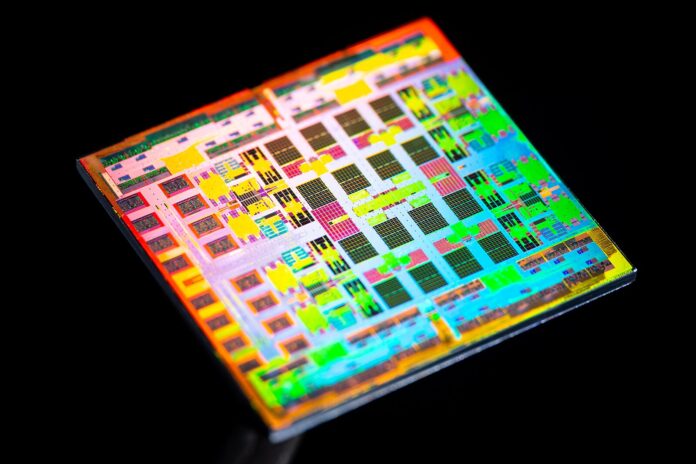In a landmark event for the technology sector, Taiwan Semiconductor Manufacturing Co. (TSMC) inaugurated its first semiconductor production facility in Japan, marking a pivotal expansion of its global footprint. The plant, located in the Kumamoto region, is poised to commence operations later this year, with TSMC also revealing plans for a subsequent facility within the same area. The combined investments for both plants amass to a staggering $20 billion, embodying a strategic move for the semiconductor titan as well as a resurgence of Japan’s semiconductor industry.
TSMC Chairman Mark Liu expressed profound gratitude towards the Japanese government, the local community, and corporate partners like Sony and Denso for their steadfast support. The significance of this move is underscored by the presence of TSMC’s founder Morris Chang at the opening event, highlighting the venture’s importance to the company’s legacy.
Japan, once a powerhouse in the semiconductor domain, has seen its global market share wane from dominance to a mere fraction, now seeking a renaissance in this critical industry. The Japanese government has pledged robust financial backing, amounting to 476 billion yen ($3 billion), to attract TSMC’s investment, later boosting its commitment to over 1 trillion yen ($7 billion). This substantial aid is part of Japan’s broader initiative to revitalize its chip sector, recently dedicating approximately 5 trillion yen ($33 billion) to the cause.
The strategic placement of TSMC’s plant carries geopolitical weight as well. Situated closer to Taiwan, Japan acts as a pivotal U.S. ally amidst ongoing tensions between Taiwan and China. The latter lays claim to Taiwan, and this contentious issue remains a hotbed in U.S.-China diplomatic relations.
From a business perspective, the new plants signify more than just TSMC’s growth; they represent a significant leap towards Japan’s goal of semiconductor self-reliance. The recent global chip shortage, exacerbated by the COVID-19 pandemic, has revealed the vulnerabilities of supply chains and the perils of dependency on imports, especially for a nation heavily invested in the automotive and electronics sectors.
The venture is expected to generate approximately 3,400 high-tech employment opportunities, bolstering the local economy and reinforcing Japan’s position in the high-stakes game of tech innovation. TSMC’s expansion also aligns with the burgeoning demand for advanced chips, propelled by the rise of electric vehicles and the integration of artificial intelligence across various platforms.
While Japan continues to excel in some critical semiconductor industry segments, the new TSMC plants symbolize a concerted effort to regain lost ground. Tokyo has rallied behind several semiconductor projects, coupling local powerhouses like Renesas Electronics and Canon with Western entities such as Western Digital and Micron, reflecting a comprehensive strategy to reclaim its status as a leading innovator in the global semiconductor arena.
TSMC’s expansion into Japan is more than an economic venture; it’s a strategic alignment of technological prowess, geopolitical savvy, and visionary planning poised to shape the future of global tech and manufacturing industries.
Image is licensed under the Creative Commons CC0 1.0 Universal Public Domain Dedication and was created by FritzchensFritz.









